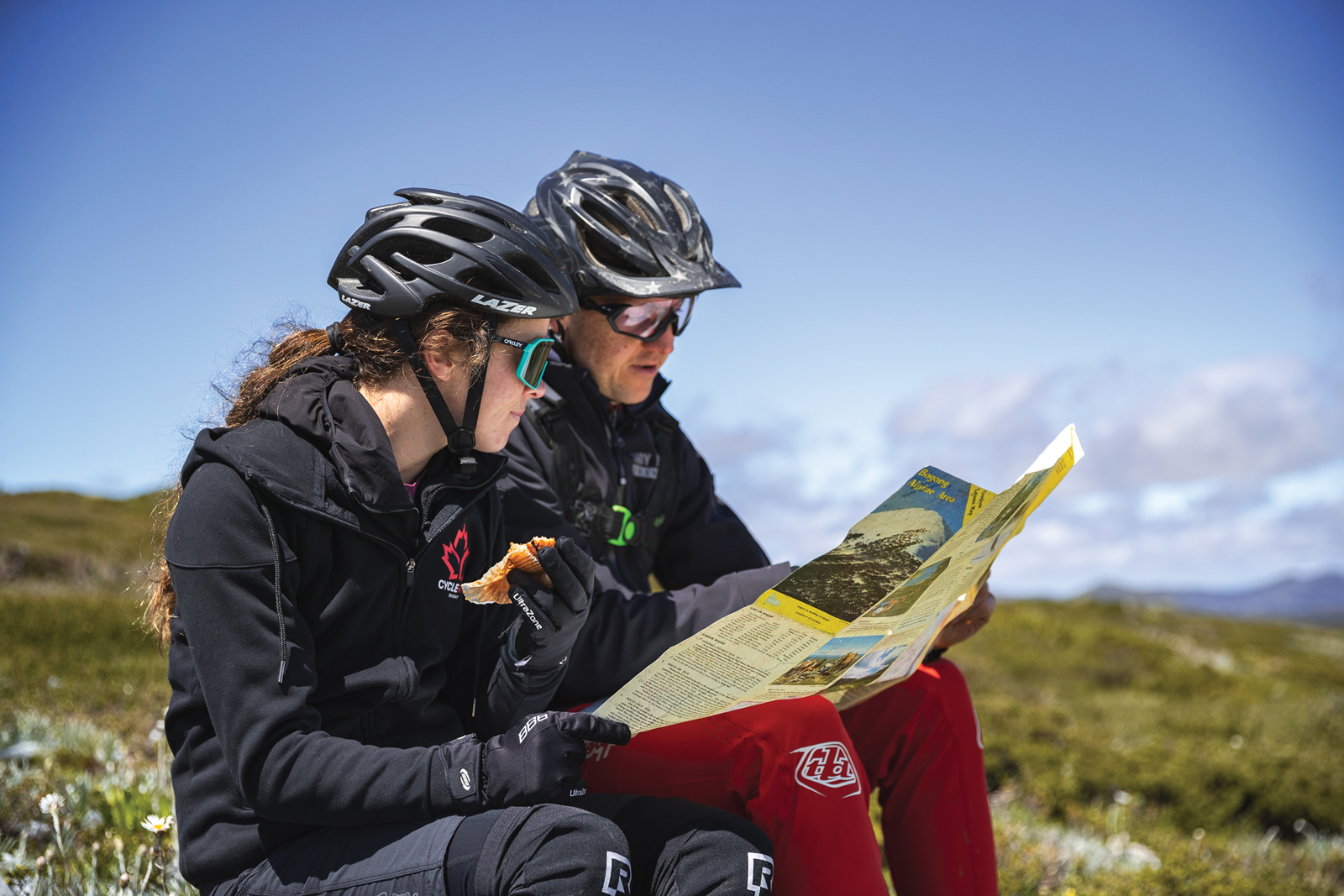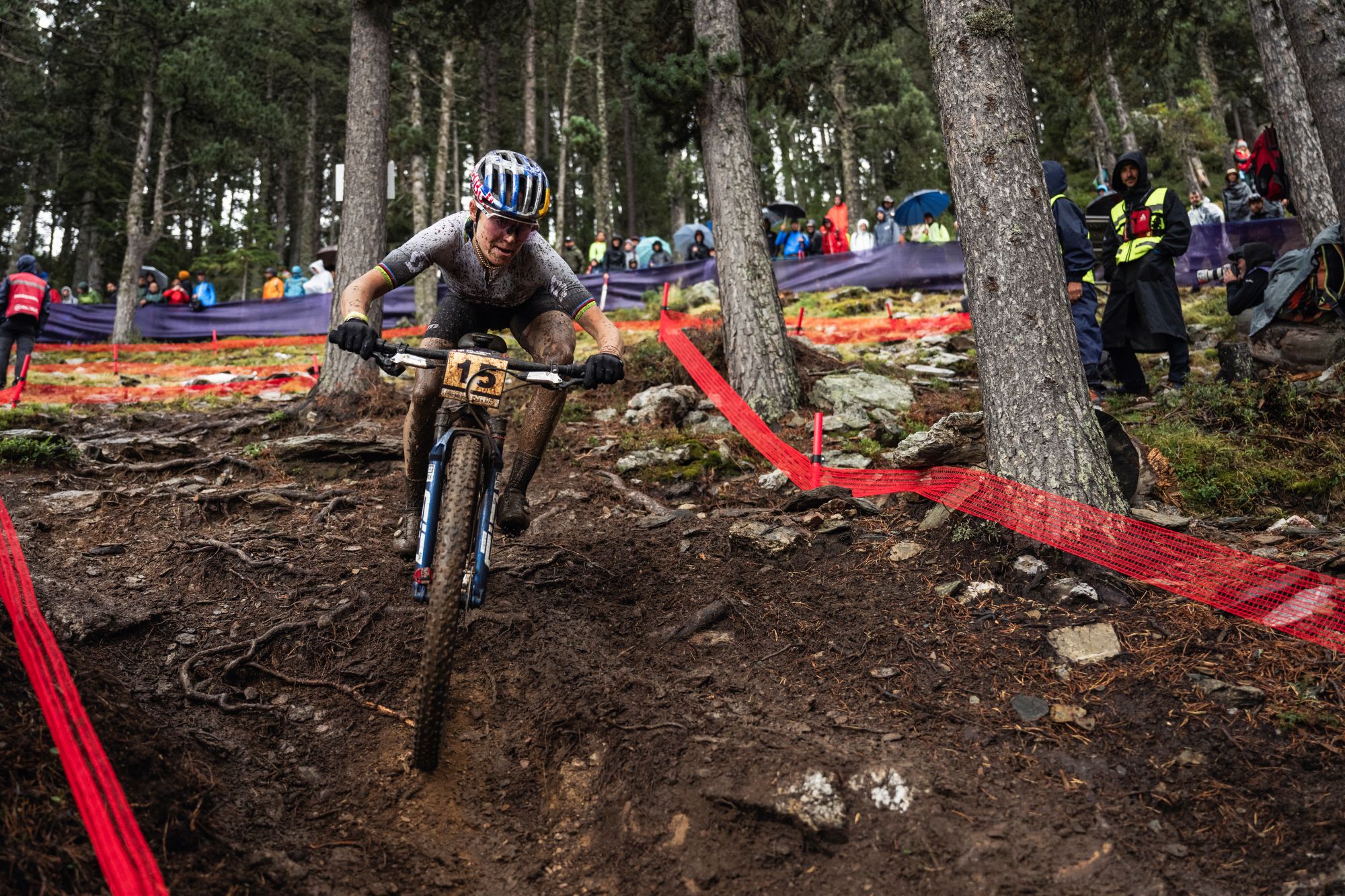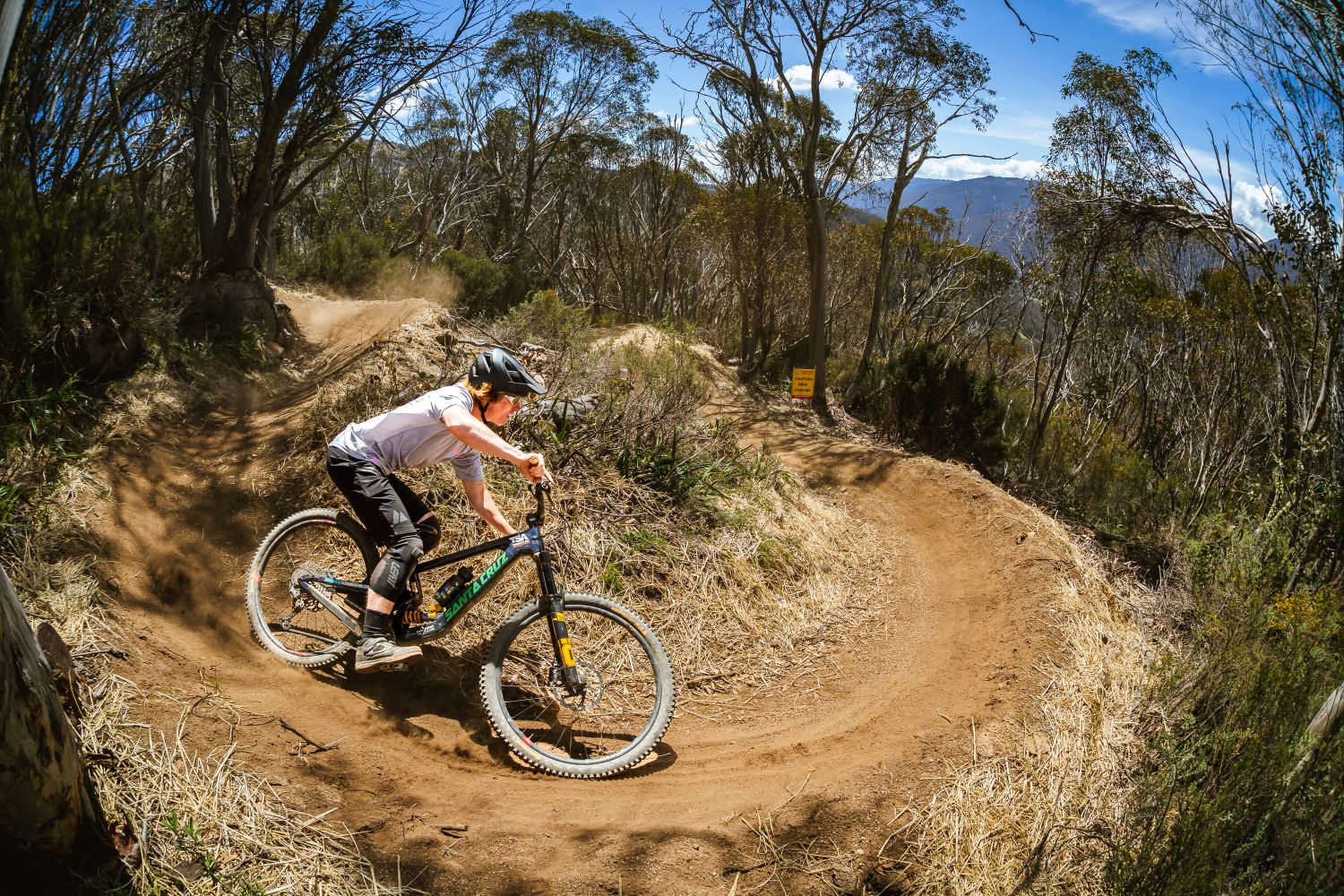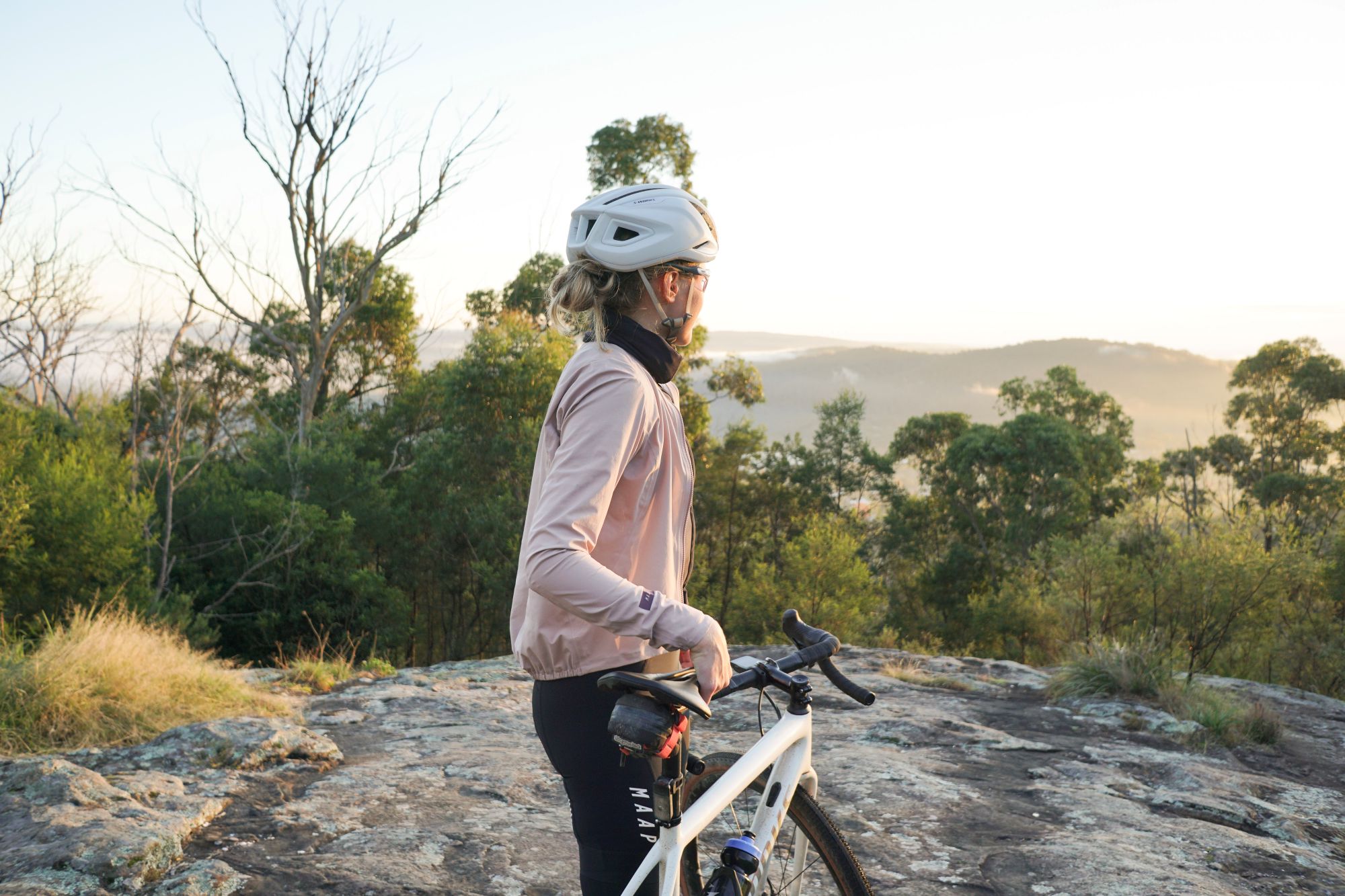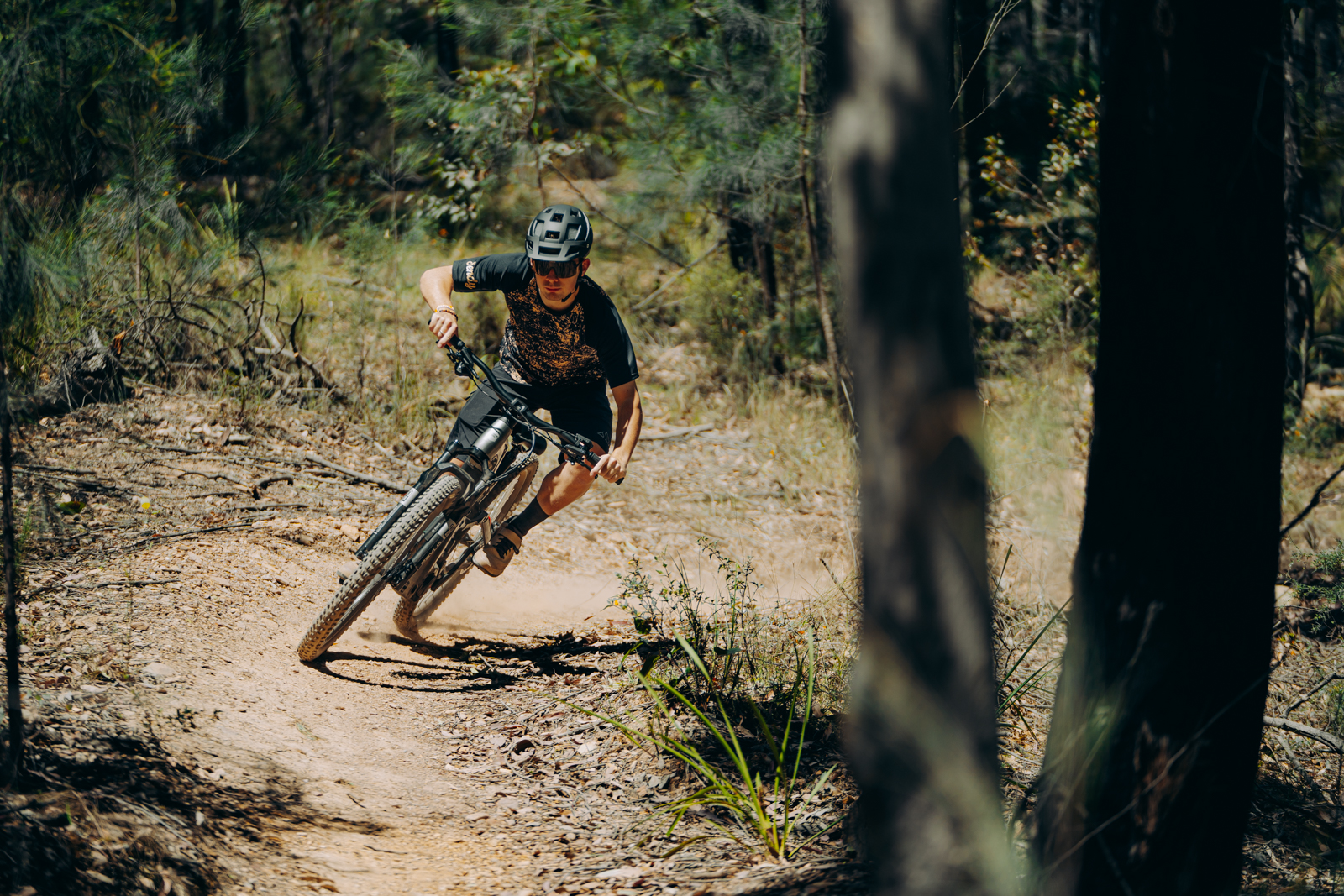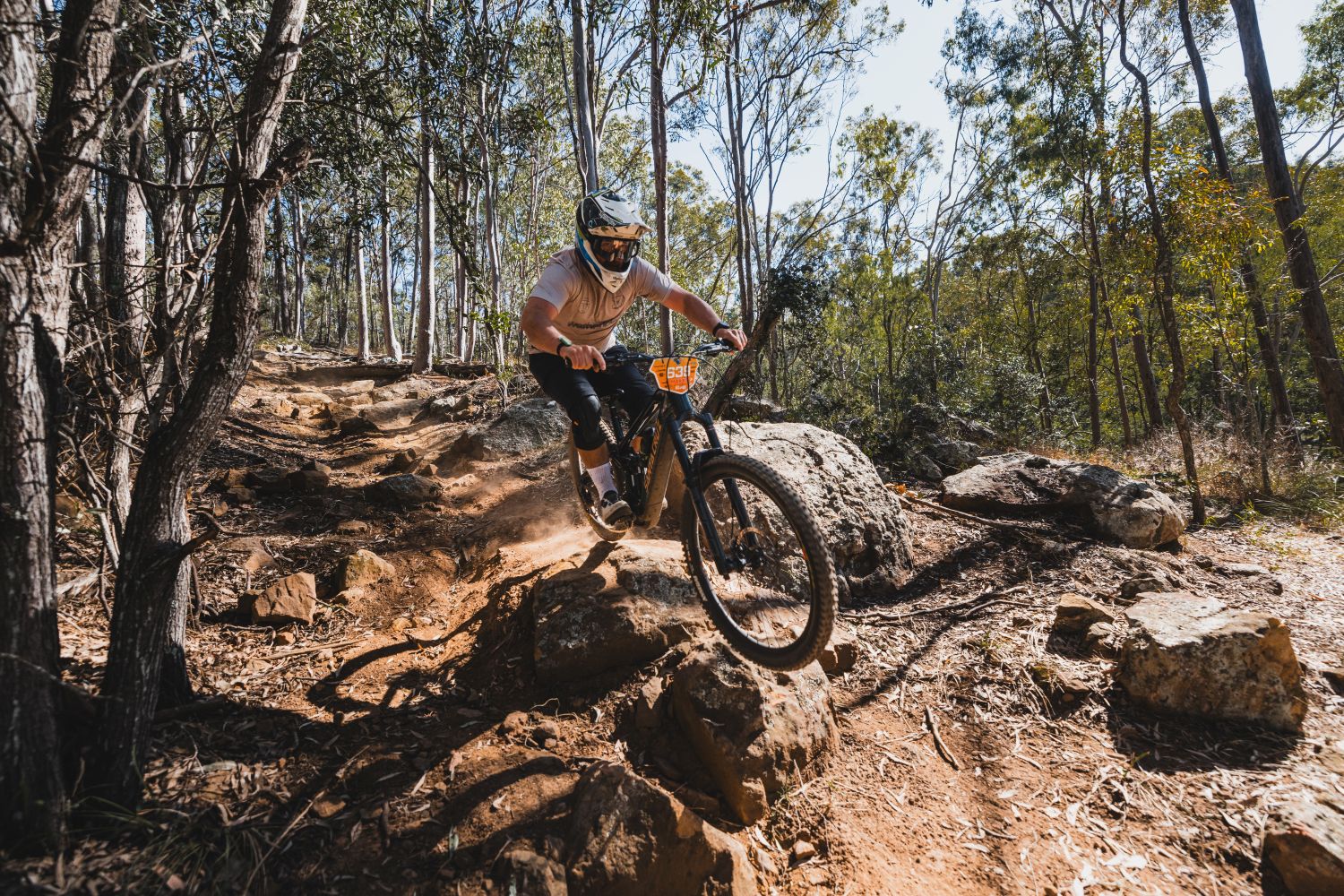Words: Zoe Wilson
Photos: Nick Waygood, Dom Hook
You wouldn’t start a road trip with the petrol light on, so make sure you don’t start a long day in the saddle without the correct fuel either. Forgetting about nutrition will make you more likely to hit the wall and ultimately a not-so-fun day out. Instead, use these tips to guide your nutrition choices before, during and after your ride.
Before you ride:
Preparation for a big day out starts much sooner than when you set out. Thinking about nutrition in the days prior to the ride will make sure you start with a full tank.
If a ride is longer than 1-2 hours, carbohydrates will be the main source of fuel. The longer the ride, the more carbohydrates required to stave off fatigue in the saddle. So, be sure to include carbohydrates at each meal for one to two days before the ride. The International Society of Sports Nutrition recommend the average rider eat between 5-10g of carbohydrate for each kilogram of weight each day (this means around 350g to 700g per day for a 70kg person). There’s no need to overdo the volume of food in the days leading into a ride – instead, alter the portions in each meal. To include enough carbohydrate, you may need to reduce the usual amount of protein or fat in each meal.
Great carbohydrate options to eat in the days prior to your ride include bread, rice, pasta, potato, sweet potato, fruit, cereal and legumes. Try having a Bircher muesli, oats or cereal with fruit for breakfast, a sandwich or pasta salad or leftovers for lunch and meat and three veg, pasta or a stir fry with rice or noodles for dinner. For snacks, go for fruit, cheese and crackers, a muesli bar or a piece of toast with avocado.

During your ride:
Carbohydrate, which is stored as glycogen in the muscle, will run out if not topped up during a long ride. To avoid the dreaded ‘bonk’, top up your energy stores regularly throughout the ride to replace the energy being burned.
Sports Dietitians Australia recommend eating 30-60g of carbohydrate per hour during sessions longer than 1.5 hours. If riding at high intensities or at moderate intensity for a ride significantly longer than 3 hours, there may be additional benefit from eating up to 90g of carbohydrate per hour. However, this requires some training and for the type of carbohydrate to be a mix of glucose and fructose to avoid stomach upset.
The trick is to eat regularly – set an alarm on your watch or keep an eye on the time and eat 30g of carbohydrate every 45-60 minutes to stay fuelled. It’s easy to find portable, tasty options that give you the energy you need, you just need to know where to look and what to look for. Some great options include a medium banana, 500ml of sports drink, a honey sandwich, 3 dates, two muesli bars, seven jelly babies, a gel or sports bar (check the label though because these vary).
Sports foods like sports drink, gels or bars can come into their own here because they are energy-dense, low volume and carbohydrate-rich snacks. They will allow you to sustain your intensity for longer without taking up too much space in your pockets. If you find eating this much is difficult, studies show adding in some protein may help increase performance and reduce muscle breakdown on big days out.
Pro tip: wrap your snacks in baking paper or foil so it’s easy to get to with one hand while still riding or cut into bite size pieces and put in a zip-lock bag to fit in your pockets.
Hydration:
Hydration is like the coolant in your car – keeping the engine running smoothly throughout the day. Be sure to start your big day out well hydrated by drinking regularly in the few days beforehand.
During the ride, make sure you have access to enough fluid to drink. Fill your bidons or backpack reservoir with enough to get you through and check the route has places to refill mid-ride if necessary.
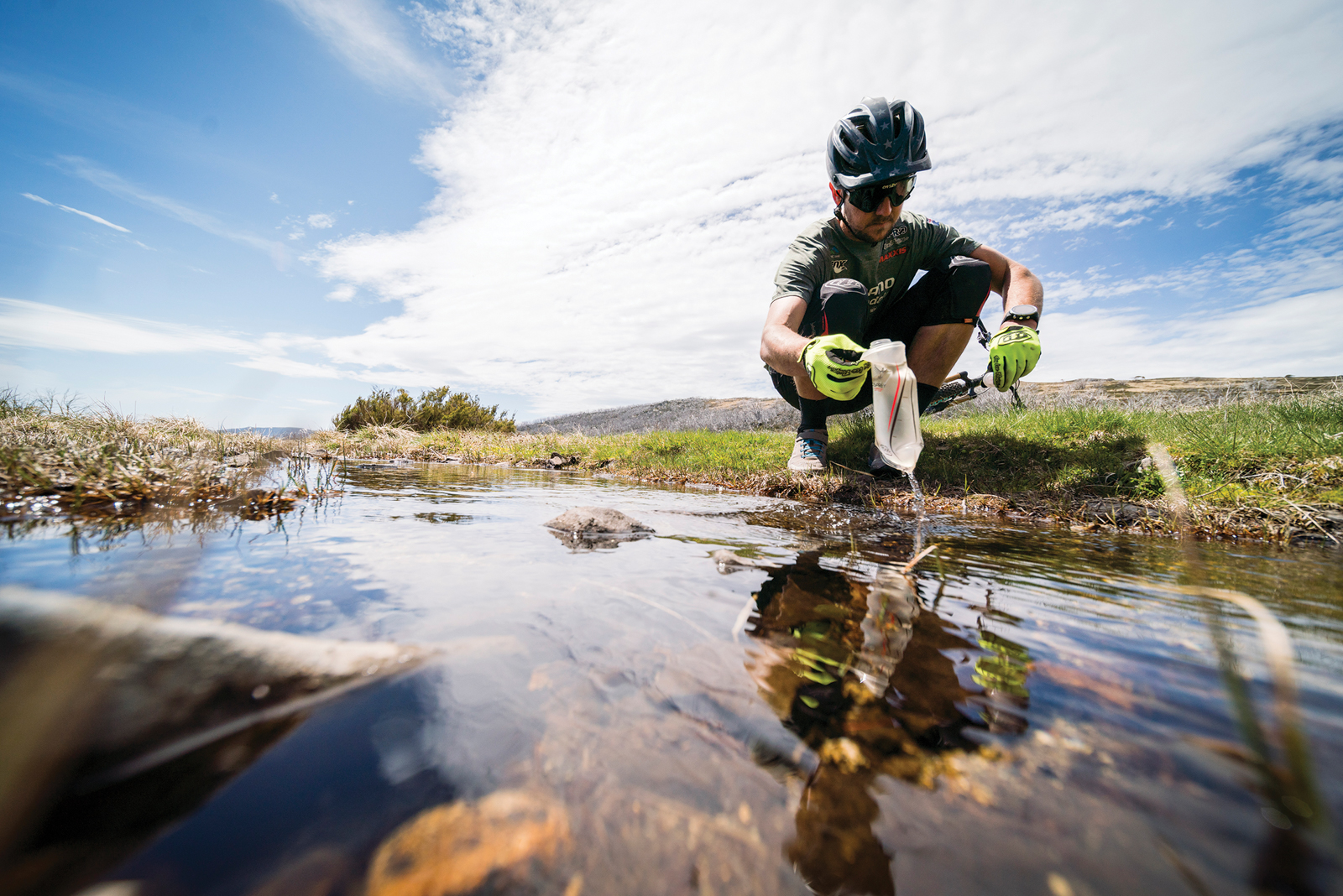
Water is always a good option, but sports drinks are helpful for longer rides as they contain electrolytes that are lost in sweat and a source of carbohydrate to contribute to fuelling. Practise in training, but you may find that alternating between the two or using a low-carb electrolyte drink as well as water is a good way to go for you. The low carb electrolyte drinks are great because you can separate fuel and fluids and adjust to match the conditions on the day – increasing the fluid on a hot or more intense day or reducing on a cold or easier ride.
When you get off the bike:
Before you collapse on the couch or head to the pub for a refresher, remember your nutrition! Getting fuel right after a long ride will lead to faster recovery so you can go out and do it all over again sooner.
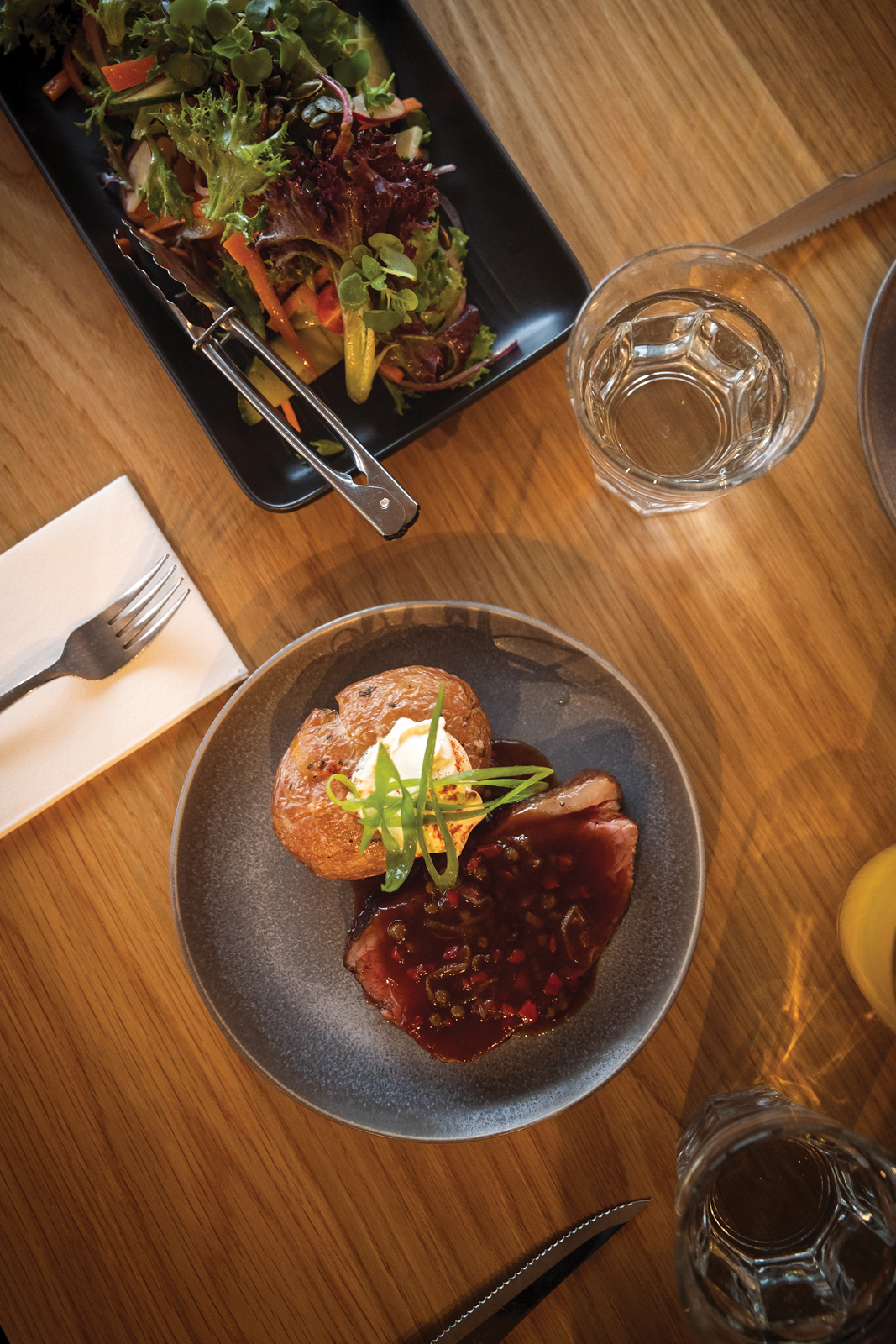
For effective and efficient recovery, remember the three R’s: replenish, rehydrate and repair. Eat carbohydrates to replenish the stores used as fuel during the ride, rehydrate by drinking adequate fluids and eat protein to help repair the muscles.
Keen for more nutrition and recipe articles? Click here.

